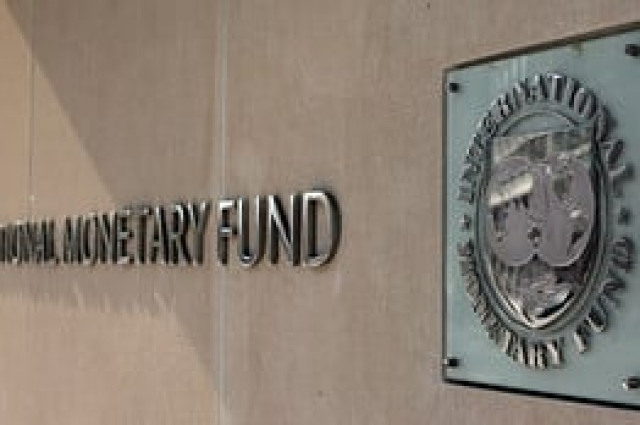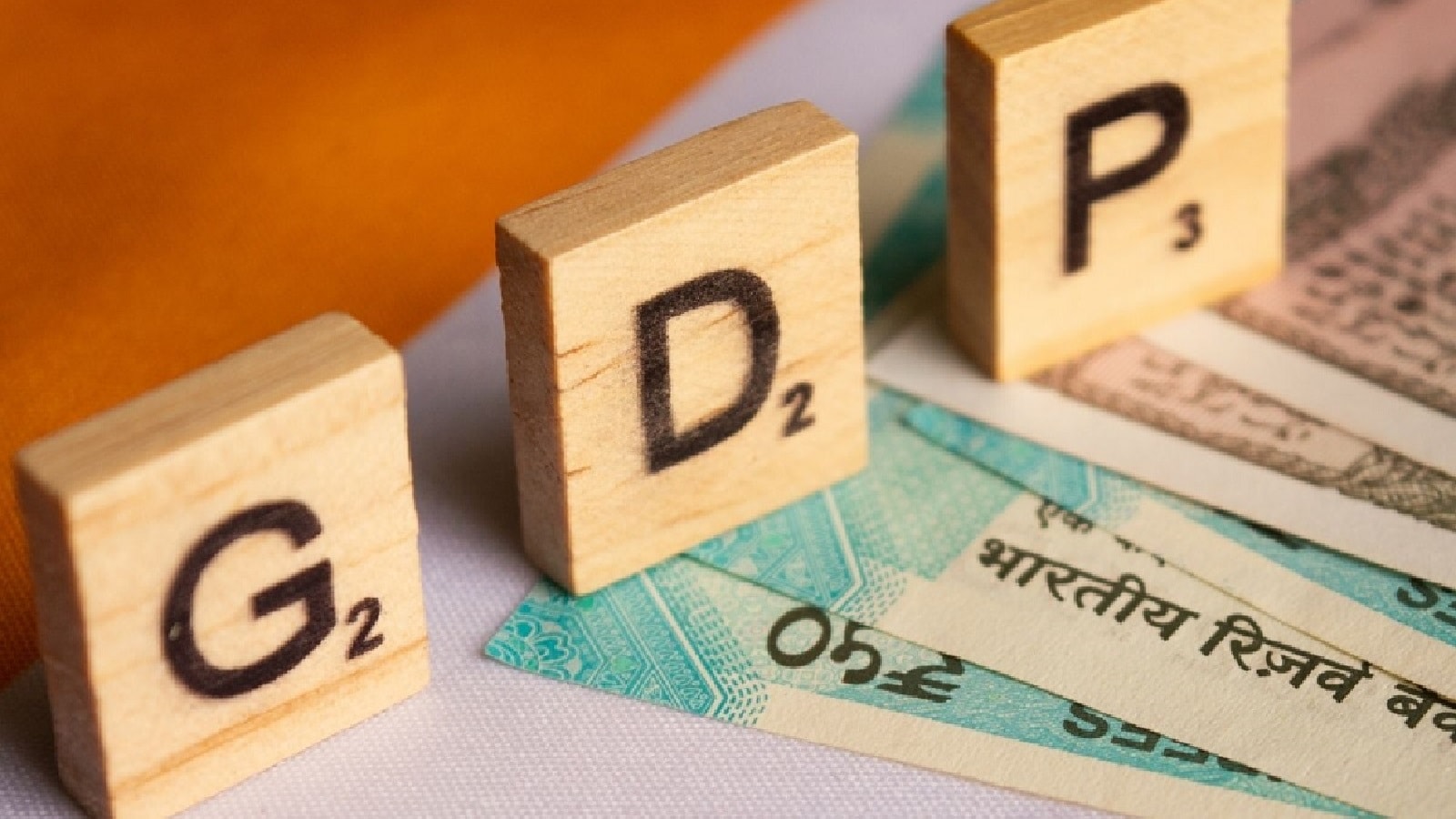Business
IMF seeks Pakistan’s plan to reduce power theft, losses amid bailout review | The Express Tribune

The International Monetary Fund has asked Pakistan to submit detailed proposals aimed at curbing electricity theft, reducing line losses, and cutting capacity charges, as talks between the two sides continue under the second economic review of the ongoing bailout programme.
The discussions are part of efforts to secure the release of a $1 billion tranche under the Extended Fund Facility (EFF) and an additional $220 million under the Resilience and Sustainability Facility (RSF).
Sources told Express Tribune that the International Monetary Fund (IMF) also demanded clarity from the federal government regarding the shortfall in provincial surplus targets, which stood at Rs921 billion against a target of Rs1,200 billion for the fiscal year. Punjab posted a surplus of Rs348 billion, Sindh Rs283 billion, Khyber-Pakhtunkhwa (K-P) Rs176 billion, and Balochistan Rs114 billion. The K-P government is expected to brief the IMF separately between September 29 and October 1.
Read More: Pakistan tells IMF it will miss tax goal
The development comes as Pakistan informed the IMF on Friday that it is unlikely to meet the Rs3.1 trillion tax collection target for the current quarter, according to briefings by tax authorities.
In a separate meeting, officials from the Power Division briefed the visiting IMF mission on the status of energy sector reforms. The Fund reportedly expressed concerns over inefficiencies, including high system losses and expensive capacity payments made to underutilised power plants.
To address these issues, the federal government assured the IMF that it plans to eliminate the circular debt ahead of the six-year deadline previously agreed. Authorities claimed that the stock of circular debt has already been reduced to Rs397 billion, down from earlier projections of Rs635 billion. They added that consumers would not face an additional burden, as payments would continue through an existing surcharge of Rs3.23 per unit.
Also Read: FBR removes ‘estimated market value’ column from 2025 tax return form
The Fund was also updated on ongoing negotiations with independent power producers (IPPs) and the privatisation process of three profitable electricity distribution companies. The government shared plans to utilise surplus electricity for industrial consumption and cryptocurrency mining, while reaffirming its commitment to transferring control of loss-making entities to the private sector.
The briefing further covered plans to restructure Rs660 billion in legacy debt and raise Rs565 billion in new financing as part of the upcoming loan package. Officials expressed optimism that the measures would help stabilise the energy sector and restore investor confidence.
Business
PPHE hotel group investors consider stake sale

The biggest shareholders in hotel chain PPHE have said they are in talks over options for the business, including selling stakes.
The company, which runs Park Plaza hotels in Europe, saw shares jump in early trading on Friday as a result.
It followed reports from Bloomberg that the process could lead to the business being taken private.
Founder Eli Papouchado and PPHE president Boris Ivesha confirmed they are planning “to hold a small handful of meetings with financial investors” over potential options for the business.
The shareholders, who own around 44% of the business, said options include investors “contributing growth capital to PPHE” and the “potential partial monetisation of their stakes”.
In a statement, they added: “The shareholders are not in discussions with any parties and are not in receipt of any offer for their collective stake in PPHE.
“There can be no certainty that any such offer will be made.”
Israeli hotelier Mr Papouchado’s family trust owns around 33% of the company.
The company, which has a property estate valued at £2.2 billion at the end of last year, also runs sites under the Art’otel brand, including London locations in Battersea Power Station and Hoxton.
Shares in the business rose by 10.5% to 1,658p on Friday morning, giving the company a market valuation of around £695 million.
Business
Edible Oil Imports Rise 22 percent To Rs 1.61 Lakh Crore In 2024-25 Marketing Year; Volume Remains Steady: SEA

Last Updated:
India imported 16 million tonnes of edible oils worth nearly Rs 1.61 lakh crore during the 2024-25 marketing year ending in October to meet domestic demand. all

News18
India imported 16 million tonnes of edible oils worth nearly Rs 1.61 lakh crore during the 2024-25 marketing year ending in October to meet domestic demand, according to the industry group SEA. In the 2023-24 marketing year (November-October), India’s edible oil imports were 15.96 million tonnes valued at Rs 1.32 lakh crore, as per data from the Solvent Extractors’ Association of India (SEA) released on Thursday.
The value of edible oil imports increased by 22 percent due to higher global prices. India imports palm oil from Indonesia and Malaysia, while soybean oil comes from Argentina and Brazil. “To meet the gap between supply and demand, India has been importing edible oils since the 1990s. Initially, the import volume was very low. However, in the last 20 years (2004-05 to 2024-25), the import volume has grown by 2.2 times, while the cost has increased nearly 15 times,” the association said.
In 2024-25, India spent nearly Rs 1.61 lakh crore (USD 18.3 billion) to import 160 lakh tonnes (16 million tonnes) of edible oils. In terms of volume, edible oil imports were 16.47 million tonnes in 2022-23, 14.03 million tonnes in 2021-22, and 13.13 million tonnes in 2020-21. During the 2024-25 oil marketing year, SEA data showed that 1,737,228 tonnes of refined oils were imported compared to 1,931,254 tonnes in the previous year.
However, imports of crude edible oils increased to 14,273,520 tonnes from 14,031,317 tonnes in the 2023-24 marketing year. Soybean oil imports set a new record of 5.47 million tonnes in 2024-25, surpassing the previous high of 4.23 million tonnes in 2015-16. Palm oil imports dropped sharply to 7.58 million tonnes from 9 million tonnes, according to the association’s data.
(This story has not been edited by News18 staff and is published from a syndicated news agency feed – PTI)
The News Desk is a team of passionate editors and writers who break and analyse the most important events unfolding in India and abroad. From live updates to exclusive reports to in-depth explainers, the Desk d…Read More
The News Desk is a team of passionate editors and writers who break and analyse the most important events unfolding in India and abroad. From live updates to exclusive reports to in-depth explainers, the Desk d… Read More
November 14, 2025, 14:13 IST
Read More
Business
India’s Growth Momentum To Stay Strong At 6.5% Till 2027: Moody’s Ratings

Last Updated:
India’s GDP is expected to sustain a 6.5% growth rate through 2027, compared with a projected 6.4% in 2026 and 7% in 2025

GDP Growth
Strong domestic demand, export diversification in response to US tariffs, and continued infrastructure spending will help India maintain its position as the world’s fastest-growing major economy over the next few years.
India’s GDP is expected to sustain a 6.5% growth rate through 2027, compared with a projected 6.4% in 2026 and 7% in 2025, Moody’s Ratings said in its Global Macro Outlook 2026–27 released on Thursday.
According to Moody’s, government-led capital expenditure and resilient household consumption will remain key growth drivers, even as private sector investment stays subdued.
“We expect Brazil and India — the fastest-growing G-20 economies — to grow at 2.0% and 6.5%, respectively, through 2027, supported by domestic and export diversification. India’s economic performance is underpinned by strong infrastructure spending and solid consumption, although business capex remains cautious,” the agency noted.
The report highlights how Indian exporters have adapted to evolving trade dynamics amid steep US tariffs.
“Despite 50% tariffs on select Indian goods, exporters have managed to redirect shipments — overall exports rose 6.75% in September even as exports to the US fell 11.9%,” Moody’s said.
The agency expects India to grow around 6.5% in 2026 and 2027, supported by a neutral-to-easy monetary policy stance and low inflation. Strong global investor sentiment has also cushioned external risks.
Moody’s outlook comes against a volatile global backdrop marked by diverging monetary policies, tariff tensions, and shifting trade alliances intensified by US President Donald Trump’s trade war.
Global GDP growth is forecast to slow to 2.5%–2.6% in 2026 and 2027 from 2.9% in 2024, with emerging markets continuing to outpace advanced economies.
The RBI projects India’s growth at 6.8% in FY26, while the finance ministry has estimated a 6.3%–6.8% range.
The US has imposed tariffs of up to 50% — including a 25% levy linked to India’s purchase of Russian oil — on certain steel, aluminium, and manufactured products. India has avoided retaliation, focusing instead on market diversification and trade negotiations with the EU and other partners.
The Moody’s report also noted that the RBI’s policy stance remains neutral-to-easy as inflation moderates. Retail inflation dropped to a record 0.25% in October from 1.54% in September amid broad easing in food and fuel prices.
The central bank has gradually shifted from tightening to easing over the past two years, delivering three rate cuts in 2025 — 25 bps each in February and April, followed by a 50 bps cut in June.
“Bond yields in major emerging economies have remained stable, supported by stronger inflation-targeting frameworks and deeper domestic markets,” Moody’s said. However, it warned that global bond markets remain fragile and highly sensitive to fiscal risks and geopolitical shifts.

Aparna Deb is a Subeditor and writes for the business vertical of News18.com. She has a nose for news that matters. She is inquisitive and curious about things. Among other things, financial markets, economy, a…Read More
Aparna Deb is a Subeditor and writes for the business vertical of News18.com. She has a nose for news that matters. She is inquisitive and curious about things. Among other things, financial markets, economy, a… Read More
November 14, 2025, 13:23 IST
Read More
-

 Entertainment6 days ago
Entertainment6 days agoChina unveils£5.4 bn Fujian, its most advanced aircraft carrier yet
-

 Business1 week ago
Business1 week agoGST rationalisation impact: Higher RBI dividend expected to offset revenue shortfall; CareEdge flags tax pressure – The Times of India
-

 Fashion1 week ago
Fashion1 week agoBangladesh Bank allows foreign currency-taka swap facility for dealers
-

 Business1 week ago
Business1 week agoSetback for expatriates? Delhi HC upholds mandatory EPFO membership; what this means for foreign staff – The Times of India
-

 Tech1 week ago
Tech1 week agoThe AI Data Center Boom Is Warping the US Economy
-

 Politics1 week ago
Politics1 week agoTrump links Republicans’ election setbacks to record US govt shutdown
-

 Tech1 week ago
Tech1 week agoZohran Mamdani Just Inherited the NYPD Surveillance State
-

 Business1 week ago
Business1 week ago‘Benchmark for countries’: FATF hails India’s asset recovery efforts; notes ED’s role in returning defrauded funds – The Times of India







